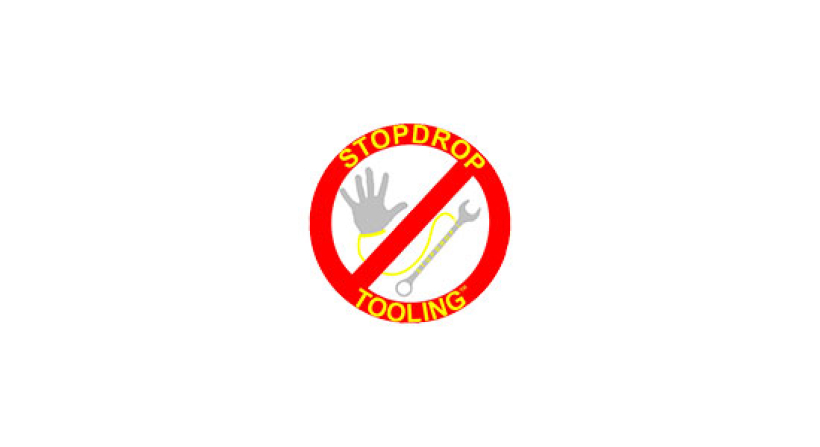

How to tell the difference between Static and Dynamic Dropped Objects
A Static dropped object is an object at rest that falls from its original position under its own weight. E.g. a dislodged nut on a rig derrick or a tool falling from a worker’s hand. Static Dropped objects are the most common type of dropped objects. To prevent your tools from becoming dropped objects always use tethered tools with appropriate lanyards. Improper tool modifications and incorrect lanyards can result in failures causing the tools to become dropped objects. Tools should only be modified in a safe way and in a way that does not hinder the worker’s production or cause them discomfort.
A Dynamic dropped object is an object that breaks free from its fastenings due to the applied force of another object. E.g. a stand of drill pipe falling across the derrick and hitting and breaking a light resulting in the light falling to the rig floor. Dynamic dropped objects are objects that would not have fallen without another object hitting the object as it falls. To help prevent dynamic dropped objects a safety risk assessment must take place to assess the job environment and identify possible dynamic dropped objects. These assessment should only be done by a Safety Risk Assessment Inspector.
Both types of dropped objects can result in injuries and fatalities. Stopdrop Tooling aims to achieve zero dropped tools by encouraging companies to use ‘Safe Tooling for Working At Height’. We are continuously developing our tool range to include not only more general tools but also speciality tools to ensure all workers have the ‘Safe Tooling for Working At Height’ they need.
